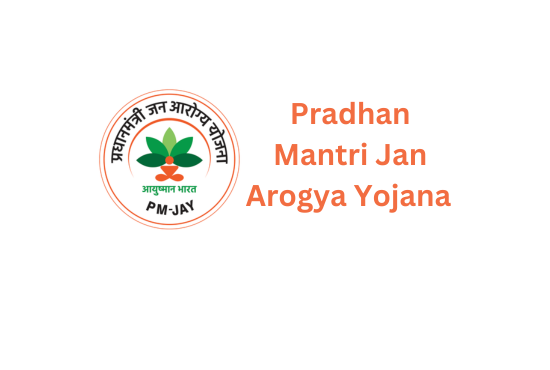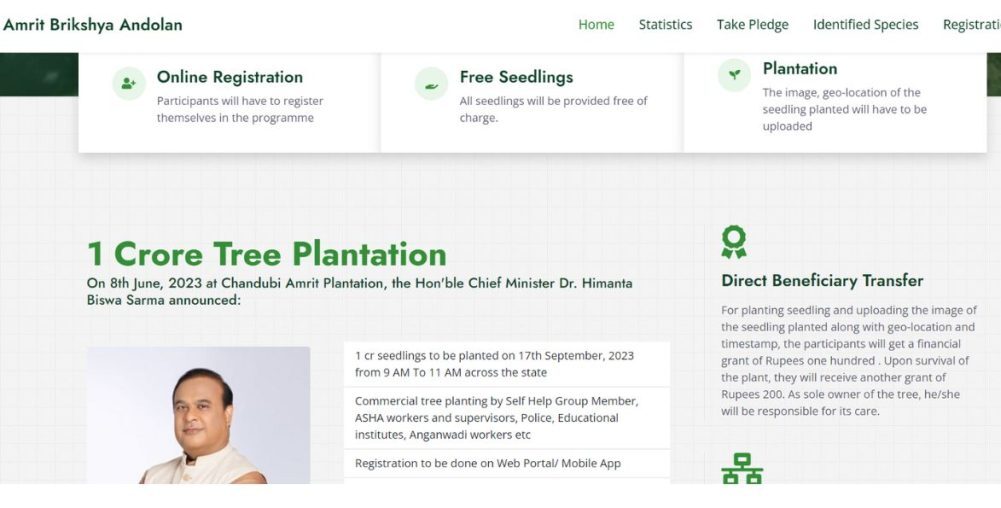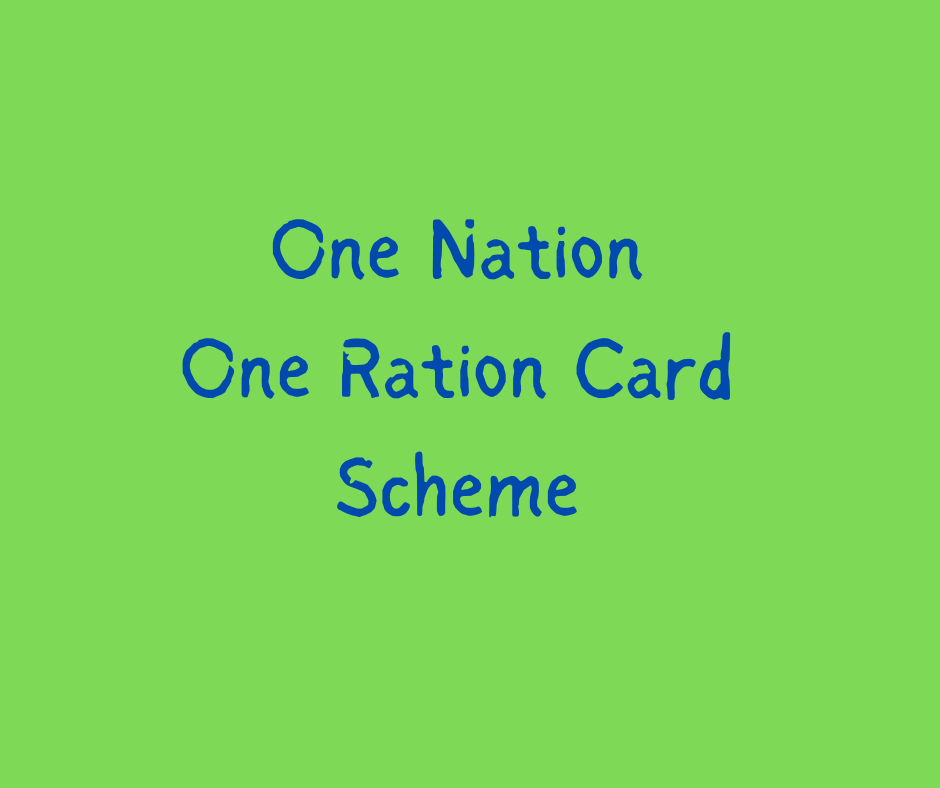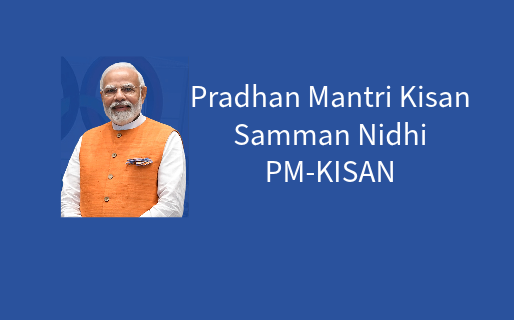Pradhan Mantri Jan Arogya Yojana (PM-JAY) is the largest health assurance scheme in the world which aims at providing a health cover of Rs. 5 lakhs per family per year for secondary and tertiary care hospitalization to over 12 crores poor and vulnerable families (approximately 55 crore beneficiaries) that form the bottom 40% of the Indian population. The households included are based on the deprivation and occupational criteria of Socio-Economic Caste Census 2011 (SECC 2011) for rural and urban areas respectively. PM-JAY was earlier known as the National Health Protection Scheme (NHPS) before being rechristened. It subsumed the then existing Rashtriya Swasthya Bima Yojana (RSBY) which had been launched in 2008. The coverage mentioned under PM-JAY, therefore, also includes families that were covered in RSBY but are not present in the SECC 2011 database. PM-JAY is fully funded by the Government and cost of implementation is shared between the Central and State Governments.
PM-JAY Benefits
PM-JAY provides cashless cover of up to ₹ 5,00,000 to each eligible family per annum for listed secondary and tertiary care conditions. The cover under the scheme includes all expenses incurred on the following components of the treatment:
1) Medical examination, treatment, and consultation
2) Pre-hospitalization
3) Medicine and medical consumables
4) Non-intensive and intensive care services
5) Diagnostic and laboratory investigations
6) Medical implantation services (where necessary)
7) Accommodation benefits
8) Food services
9) Complications arising during treatment
10) Post-hospitalization follow-up care up to 15 days
The benefits of ₹ 5,00,000 are on a family floater basis which means that it can be used by one or all members of the family. Under AB PM-JAY, there is no cap on family size or the age of members. In addition, pre-existing diseases are covered from the very first day. Any eligible person suffering from any medical condition before being covered by PM-JAY will now be able to get treatment for all those medical conditions as well under this scheme right from the day they are enrolled.
Eligibility:
Rural Residents:
1. Those living in scheduled caste and scheduled tribe households
2. Families with no male member aged 16 to 59 years
3. Beggars and those surviving on alms
4. Families with no individuals aged between 16 and 59 years
5. Families having at least one physically challenged member and no able-bodied adult member
6. Landless households who make a living by working as casual manual laborers
7. Primitive tribal communities
8. Legally released bonded laborers
9. Families living in one-room makeshift houses with no proper walls or roof
10. Manual scavenger families
Urban Residents:
1. Washerman/ chowkidars
2. Ragpickers
3. Mechanics, electricians, repair workers
4. Domestic help
5. Sanitation workers, gardeners, sweepers
6. Home-based artisans or handicraft workers, tailors
7. Cobblers, hawkers, and other services provided on streets or pavements
8. Plumbers, masons, construction workers, porters, welders, painters, and security guards
9. Transport workers like drivers, conductors, helpers, cart or rickshaw pullers
10. Assistants, peons in small establishments, delivery boys, shopkeepers, and waiters
How to Apply?
The Arogya Mitra searches the available list of beneficiaries using details such as name, location, ration card number, mobile number, or the RSBY URN of the beneficiary. After this, the beneficiary is searched for in the Beneficiary Identification System. The individual is identified and the scanned valid ID documents are then uploaded.
To get a PMJAY e-card for themselves and their family, a potential beneficiary needs to visit either a hospital or a Community Service Centre (CSC) for identification and follow the steps mentioned below:
Step 1: Potential AB-PMJAY beneficiaries are to submit the PM letter/ RSBY URN/ RC Number/ Mobile Number – The operator (commonly known as the Arogya Mitra) searches the available list of beneficiaries. The operator does this by entering details such as name, location, Ration Card number, mobile number, or even RSBY URN of the beneficiary.
Step 2: Search in the BIS Application – The operator searches for the potential beneficiary in the entitled SECC, RSBY, State Health Scheme, Additional Data Collection Drive databases.
Step 3: Individual Identification – The identification process is carried out if the name is found in the list. For this, documents like Aadhaar or any government ID and a Ration Card or an alternative family ID are required to validate against the details available in the system. Scanned documents are then uploaded.
Step 4: Family Identification – The Arogya Mitra then identifies the family records through the ration card and the scanned documents are then uploaded. The Arogya Mitra then submits the individual and family records to the trust/insurance company for approval.
Step 5: Approval or Rejection – The Health insurance company or trust may then approve or recommend rejection for the submitted beneficiaries. The cases that are recommended for rejection will be finally verified for approval or rejection by the State Health Agency (SHA).
Step 6: E-card Issuance – On approval by SHA/insurance company/trust, an e-card will be issued to the beneficiary. Download Ayushman Card
Documents Required
1. Age & Identity Proof (Aadhaar Card / PAN Card)
2. Proof of Address
3. Contact details (Mobile, e-mail)
4. Caste Certificate
5. Income Certificate
6. Document Proof of the Current Status of the Family (Joint or Nuclear)
7. Aadhaar Card



